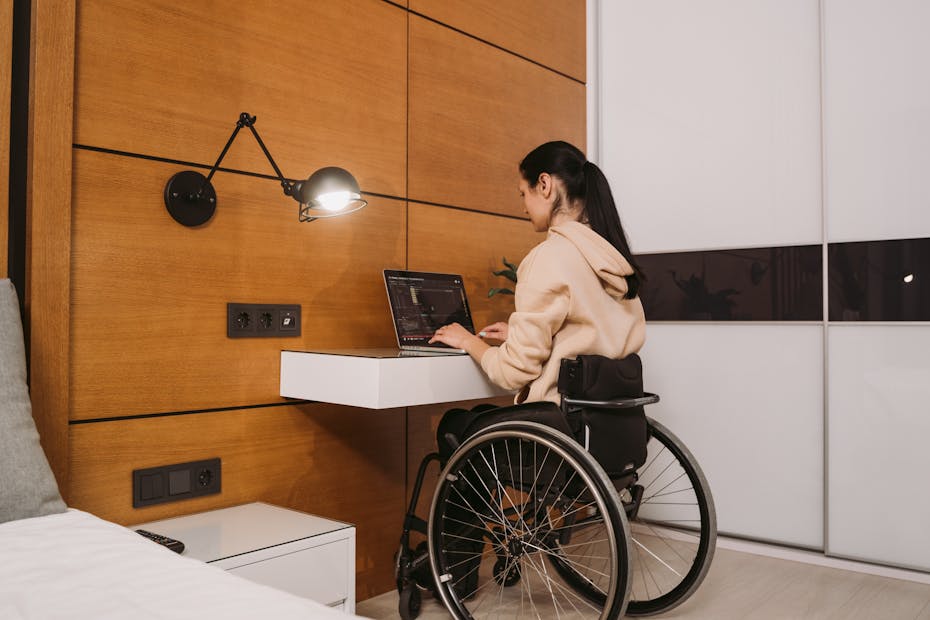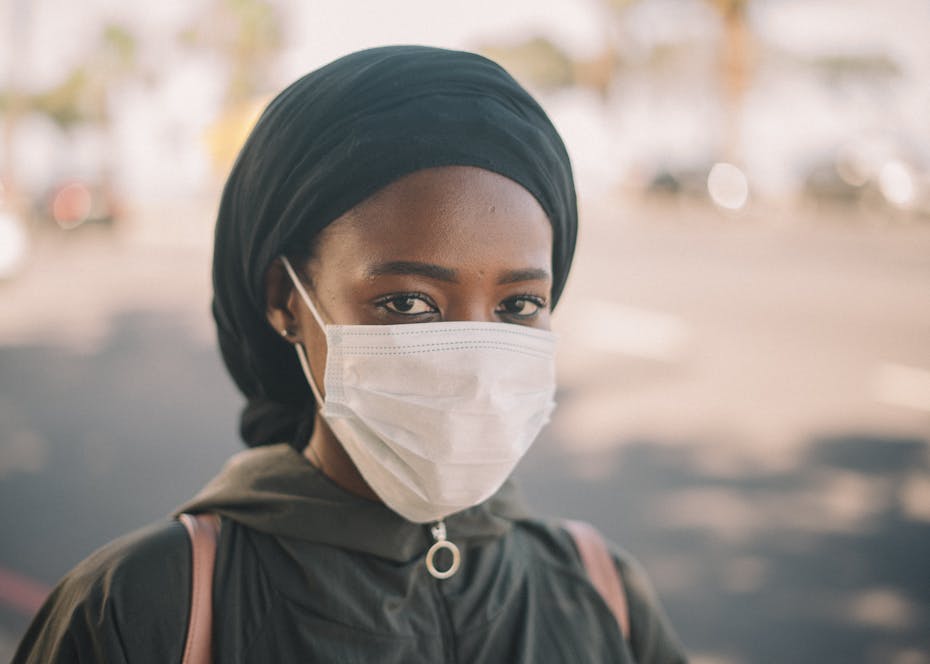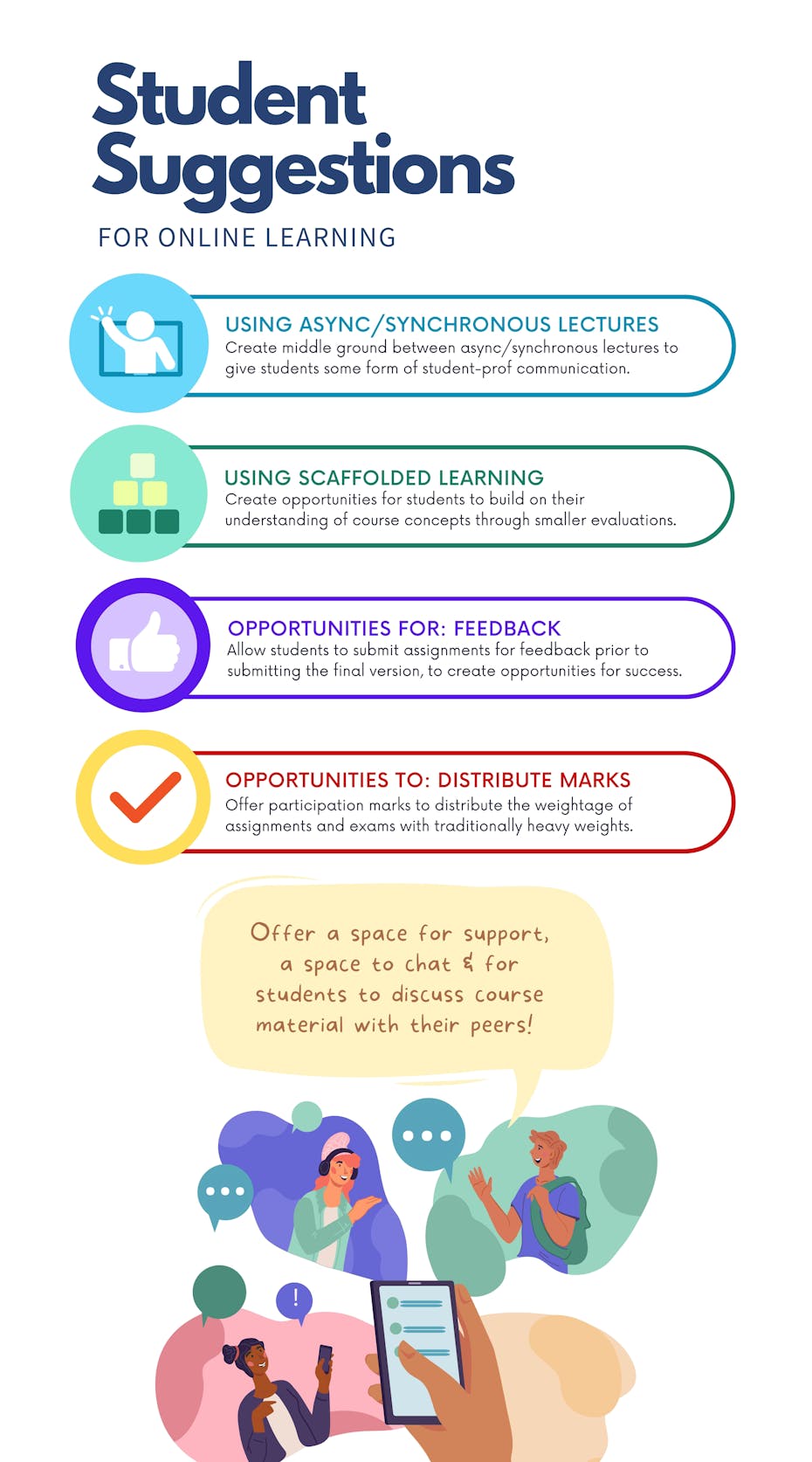
As many universities have moved back to in-person learning from online learning, this return to “normal” is reproducing ableism, racism and classism.
Learning in person is important. But putting it above the lives of lives of disabled people, those who are immune-compromised, elders and children under five who cannot yet be vaccinated is ableist.
Disabled people have experienced disproportionate impacts of the pandemic and the pandemic has deepened already inequitable access to systems of care and support: For example, when the pandemic first hit, many support workers lacked protective equipment. To limit the risk of viral exposure, some people with disabilities had to forego services.
We are researchers in critical disability studies and health equity. Disabled students have told us that over the pandemic, they experienced access to university education in ways that did not exist pre-pandemic through virtual access, lectures being recorded and deadlines being more flexible.
Disabled students are sounding the alarm that a return to campus is both shutting down that access — and it doesn’t respect health risks that could have long-term and dire consequences for both disabled and non-disabled students.
These concerns are heightened as provinces and territories lift COVID-19 restrictions.
Resistance to the back-to-campus push
Some students and professors have talked about a return to campus as a way to protect the mental health of students or to reduce inequities associated with having to study from home.
But people should not expect that face-to-face learning will inevitably and universally reduce harm. It is those who are already marginalized who bear the risks of return to campus. Students at intersections of poverty, disability and those with care responsibilities (often gendered) may be forced to choose between their health and their community’s health, and their education.

Some faculty and students have organized against university administrations’ push to return to in-person learning, or for allowing universal access to remote learning.
Sue Wurtele, president of the Ontario Confederation of University Faculty Associations, said, “Since the beginning of the pandemic, university administrations have developed the bad habit of making decisions … behind closed doors and circumventing existing shared governance bodies that include the voices of campus unions.”
Faculty at the University of Guelph wrote an open letter to administration and tenured faculty at X University did the same.
Safe return for all
Many faculty associations issued demands to ensure a safe return. They name specific issues such as access to rapid tests and concern about compensation for the extra workload created by hybrid teaching.
Students organized a walk-out at Simon Fraser University demanding extended remote learning, free N95 masks and rapid testing. McGill University social work students voted to strike rather than return to class, citing concerns of spread among populations they serve.
At York University, a petition urging the university president to give students the option to remain online garnered over 18,000 signatures.
University student federations have made demands focused on equitable access to PPE and testing, a seat at the table in COVID-19 policy decisions and financial supports for students disproportionately impacted by COVID-19.
COVID-19 policies and planning need to be rooted in an approach that attends to the social determinants of health of students, faculty and staff. This means taking seriously the larger structures that determine who is shielded from harm and who is not.
Co-creating learning environments
As universities moved into the second year of pandemic learning, we were concerned with how students have experienced barriers to access for their learning in courses during the pandemic. We established a study to understand where instructors can co-create access with students.
We hosted two in-depth qualitative focus groups online, with 12 undergraduate students, of which nine were students of colour.
Students highlighted how they had to constantly adjust in online learning: in their personal environments; to different course formats or how difficult courses were online; how evaluations were conducted; and an increased level of surveillance (through exam invigilation software, for example).
They also had to adjust their studying strategies. Students agreed on the need to extend academic accommodations offered because of COVID-19 into the “regular” school experience.

Students reported that in the pandemic, they benefited from: recorded lectures, as these helped them manage their time and meant better engagement with readings; open access resources online; flexibility in course accommodations, extensions and submission deductions. Students who self-identified as introverted said they interacted with their course instructors/TAs more easily.
They made suggestions that instructors could create a middle ground between asynchronous/synchronous lectures by delivering live lectures that are recorded. They asked instructors to create opportunities for: “scaffolded learning” where students can build on their understanding through smaller assignments; receiving feedback prior to submitting assignments; participation marks to distribute the weight of assignments/exams.
Disability justice approach
We believe an important part of increasing access to post-secondary education is changing how courses are designed to reflect values of “collective access.”
This means instead of beginning with a standard syllabus and then accommodating individuals, instructors take the time and effort to listen and prioritize student needs for their learning. Collective access is rooted in a disability justice framework.
Disability justice calls for the generative building of a more just, equitable world that can be accessed by all bodies/minds.
It calls for building our classrooms, syllabi and curriculum to anticipate students living at all intersections of race, gender, disability and class. Developing and implementing this approach in all spaces of university education is necessary to challenge and change sites of learning that reproduce inequities.
Mia Mingus, disability justice and transformative justice organizer, asks people in our society to sit with the reality of what “back to normal” means. She asserts it will mean the deaths of disabled people: During the pandemic, disabled people who were hospitalized with COVID-19 have stayed in the hospital longer are were more likely to be re-admitted. Mortality rates of adults with intellectual and developmental disability labels with COVID-19 were up to six and a half times higher than for non-disabled people.
In this moment of rupture, what’s now needed is a deeper reckoning to prioritize meaningful listening to students most impacted by the pandemic, and working with them to co-create collective access in higher education.
Excellent tools to help with this are available: Projects like Mapping Access, from two York University students, use art and storytelling to facilitate conversations about co-creating learning spaces that are full of care, and to expose barriers.
While we are foremost concerned with university communities, attention to building inclusive communities is relevant in all public spheres as our society navigates lifting restrictions in the pandemic.
This is a call to each of us to become involved where we are to participate in creating spaces where everyone can thrive and contribute.![]()
Jessica Vorstermans, Assistant Professor, Critical Disability Studies, School of Health and Policy Management, York University, Canada and Azeezah Jafry, MA Candidate, Health Policy and Equity, York University, Canada
This article is republished from The Conversation under a Creative Commons license. Read the original article.










